Nature reports
Publisher: Dutch Butterfly Conservation
Page 1 of 3 - 25 Results
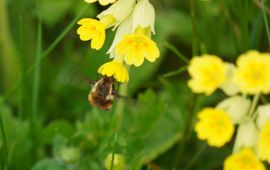
New research reveals how the increasingly intensive use of grasslands affects insects and other arthropods. Surprisingly, their total number remained stable when land use intensified, but species richness halved. This shows that..
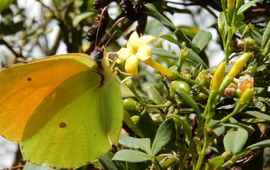
A new study shows that European butterflies are under increasing threat from a multitude of factors, but especially habitat loss and the warming climate. The new Red List of European butterflies, just published by the..
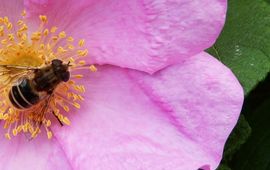
Bees, bumblebees and butterflies have too little natural habitat around them to survive. A new study, led by researchers at Wageningen University & Research and published in Science, shows that these insects need much more space..
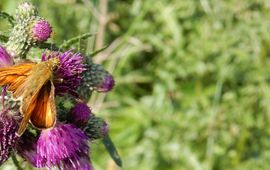
It is the height of summer in Europe, a time when many people head out into nature or to enjoy urban greenspaces . But over recent decades, people are seeing landscapes with fewer and fewer butterflies...

Last week, 160 researchers and conservationists of European butterflies and moths met in the Netherlands to exchange latest insights on population trends and knowledge about threats and measures for protection. Although there are..
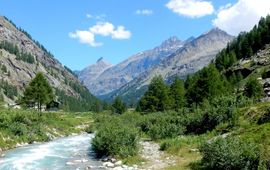
Scientists call for immediate action to reaffirm commitment to sustainability. In light of unprecedented environmental challenges and a growing planetary crisis, scientists from across Europe have issued an urgent appeal to EU..
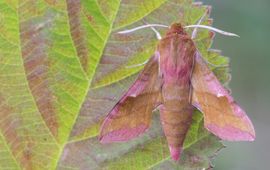
Rewilding as a strategy for nature conservation is gaining popularity. The promotion of natural processes is key. The resulting biodiversity is often limited to large mammals and birds, invertebrates are rarely taken into..
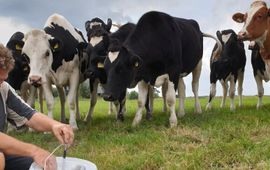
How do we enhance biodiversity on farmland? To do this, farmers need to be motivated to care and promote it. But it also requires people who can monitor the developments through their observations and counts. Citizen science is..
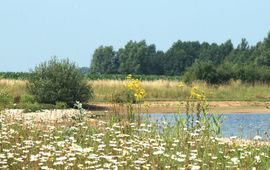
Cascade, the trade association for raw material companies, teamed up with Dutch Butterfly Conservation in developing a roadmap to create more habitat for pollinators, such as butterflies, bees and hoverflies, at extraction sites...
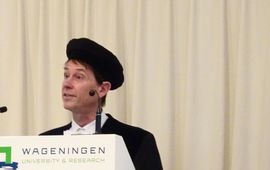
Living with biodiversity definitely is one of the main challenges for humanity in the coming century. In his farewell address as Special Professor in Insect Ecology and Conservation at Wageningen University, Michiel Wallis de..
